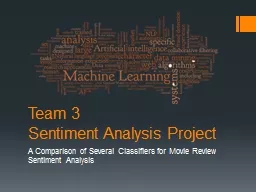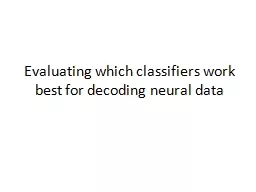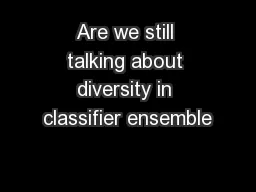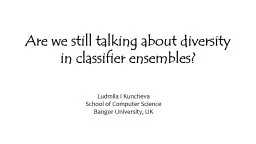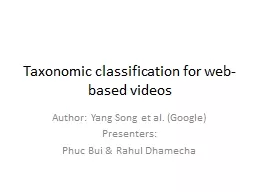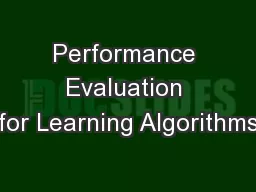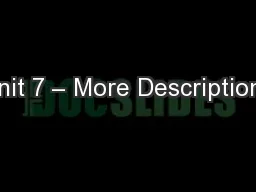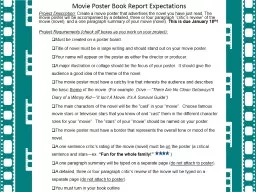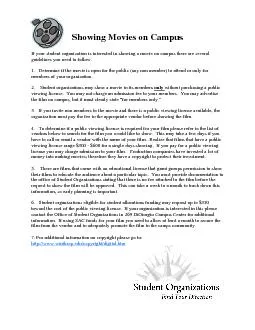PPT-A Comparison of Several Classifiers for Movie Review
Author : myesha-ticknor | Published Date : 2017-11-01
Sentiment Analysis Hilbert Locklear Andreea Cotoranu Md Ali Aziz Altowayan and Stephanie Houghton Agenda Why Sentiment Analysis The Sentiment Analysis Problem Project
Presentation Embed Code
Download Presentation
Download Presentation The PPT/PDF document "A Comparison of Several Classifiers for ..." is the property of its rightful owner. Permission is granted to download and print the materials on this website for personal, non-commercial use only, and to display it on your personal computer provided you do not modify the materials and that you retain all copyright notices contained in the materials. By downloading content from our website, you accept the terms of this agreement.
A Comparison of Several Classifiers for Movie Review: Transcript
Download Rules Of Document
"A Comparison of Several Classifiers for Movie Review"The content belongs to its owner. You may download and print it for personal use, without modification, and keep all copyright notices. By downloading, you agree to these terms.
Related Documents

